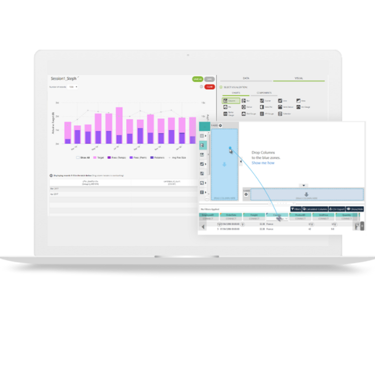 Vincere Intelligence
Vincere Intelligence
Recruitment dashboard software at your fingertips
The winning formula for your business isn't buried in spreadsheets. It lies in Vincere's pre-built analytics and recruitment dashboard software.
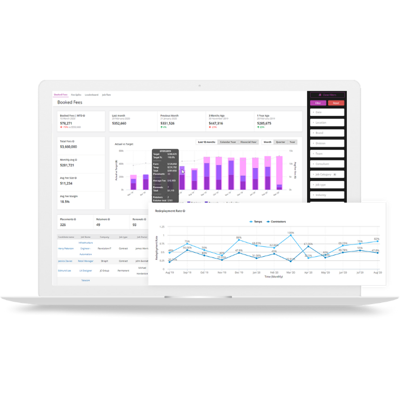
Recognised by leaders, loved by 22,000+ recruiters
No Spreadsheets, No IT Required
Access a library of best-practice dashboards, including 50+ ready-made reports.
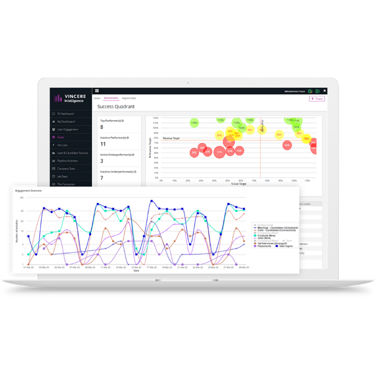
There’s no room to hide. You get excellent visibility right down to the consultant level, and we can do that because the dashboards and leader boards work so well.
Management Made Simple
Uncover the strengths and weaknesses of each consultant, so you can have meaningful conversations to help them improve.
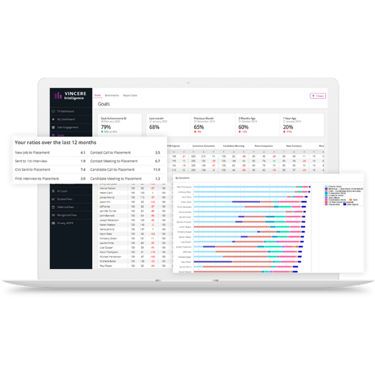
Slice & Dice in Real-time
Apply filters to see what you need quickly. Drill down by brands, offices, teams and individual consultants.
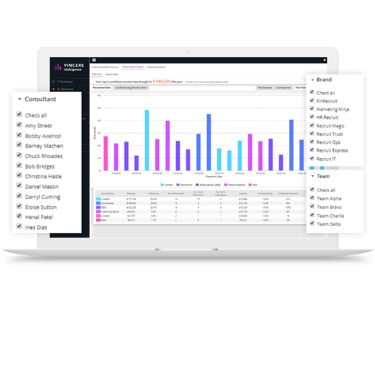
A 360° view across your entire business, in real-time.
From business development, performance tracking, pipeline activities, through to fees and forecasting, Vincere Intelligence delivers all the answers you need within seconds.
Looking for custom reports?
Vincere's self-serve analytics module gives you the superpowers to build whatever reports you need.
